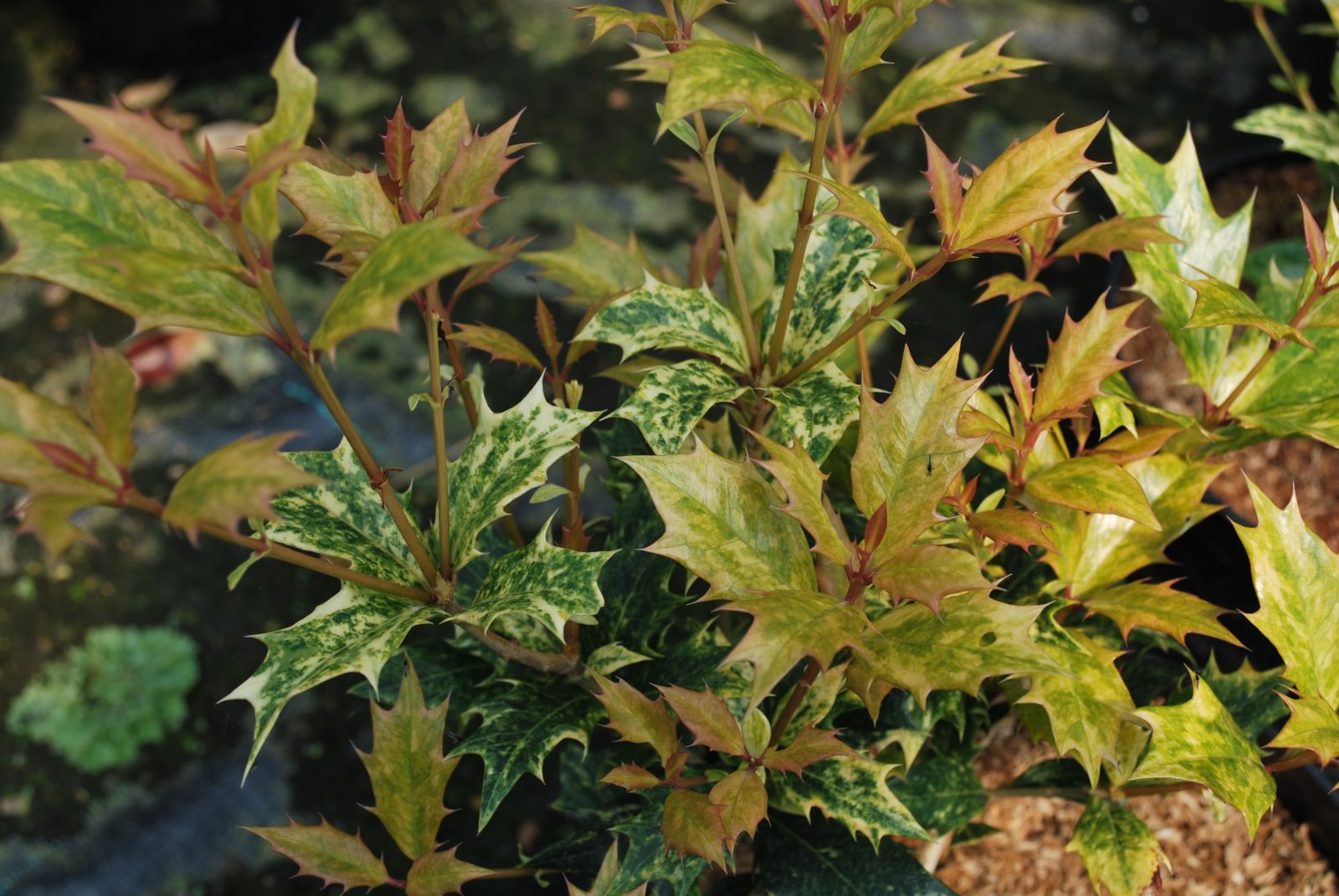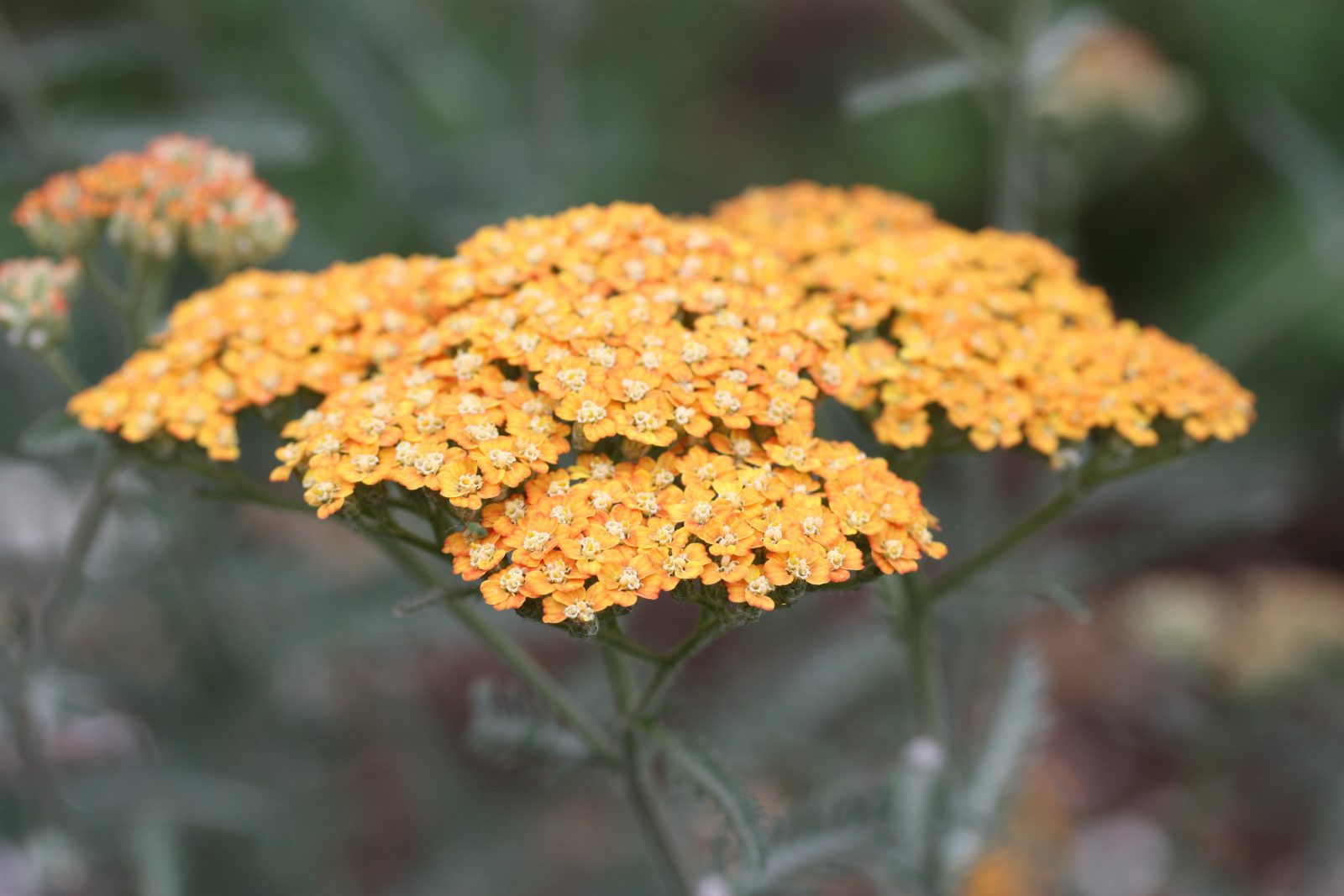
Pleioblastus Auricomus is a striking and versatile bamboo that can add a touch of tropical elegance to your garden. With its vibrant variegated foliage and compact growth habit, it’s perfect for small gardens, containers, or as an eye-catching feature in mixed plantings. Here’s why Pleioblastus Auricomus could be the perfect addition to your outdoor space.
Why Choose Pleioblastus Auricomus?
- Vibrant, Variegated Foliage – One of the standout features of Pleioblastus auricomus is its beautiful, golden-yellow and green striped leaves. This striking colouration adds a bold splash of contrast to shaded or sunny areas. The bamboo’s soft, arching fronds give it an elegant, flowing appearance, bringing a sense of movement and texture to the garden.
- Compact Growth – Unlike many other bamboo varieties that can become invasive,
Pleioblastus Auricomus has a clumping growth habit, meaning it stays contained without spreading aggressively. It typically reaches a height of 1.5 metres, making it a perfect choice for smaller spaces or as a ground cover.
- Hardy and Low-Maintenance – This bamboo variety is very easy to care for once established. It’s hardy and resilient, thriving in a wide range of conditions. Whether you’re a seasoned gardener or just getting started, Pleioblastus Auricomus is a forgiving plant that requires minimal maintenance.
- Non-Invasive – Unlike running bamboo species, Pleioblastus Auricomus is clump-forming, so it won’t spread uncontrollably. This makes it a safer choice for smaller gardens or areas near paths and patios.
How to Grow & Care for Pleioblastus Auricomus
- Soil: Prefers moist, well-drained soil but will tolerate a variety of soil types. It thrives best in soil rich in organic matter, which helps retain moisture while providing the plant with nutrients.
- Light: Although it tolerates partial shade, Pleioblastus Auricomus looks its best in dappled sunlight or light shade. Too much direct sun can cause the vibrant variegation to fade, so choose a spot with some filtered light.
- Watering: Keep the soil consistently moist, especially during dry periods, but ensure the soil doesn’t become waterlogged. Bamboo appreciates regular watering but hates sitting in soggy soil.
- Pruning: This bamboo requires little maintenance. You can remove any dead or damaged fronds to keep it looking tidy. If you want to control its spread further, you can trim back any wayward shoots, although Pleioblastus Auricomus is naturally well-contained.
Perfect Pairings
Pleioblastus Auricomus looks great in combination with other shade-loving plants such as Ferns, Heuchera, and Hostas, as its variegated leaves provide a striking contrast. It also pairs well with plants that have dark foliage or flowers, like Hebes or Pieris, highlighting its bright and cheerful colour. This bamboo is also an ideal choice for creating borders, adding texture, or even as an accent plant in containers.
For a compact, low-maintenance bamboo that provides both beauty and function in your garden, Pleioblastus Auricomus is an excellent choice. Its stunning foliage and easy care requirements make it a standout feature in any outdoor space.






 Pleioblastus Auricomus has a clumping growth habit, meaning it stays contained without spreading aggressively. It typically reaches a height of 1.5 metres, making it a perfect choice for smaller spaces or as a ground cover.
Pleioblastus Auricomus has a clumping growth habit, meaning it stays contained without spreading aggressively. It typically reaches a height of 1.5 metres, making it a perfect choice for smaller spaces or as a ground cover.
 when other plants may seem lacklustre. In Autumn, it produces clusters of small, white, fragrant flowers that fill the air with a sweet scent. This compact shrub is perfect for adding a touch of gold to borders, containers, or as an accent plant in smaller gardens. It can tolerate both full sun and partial shade and thrives in well-drained soil.
when other plants may seem lacklustre. In Autumn, it produces clusters of small, white, fragrant flowers that fill the air with a sweet scent. This compact shrub is perfect for adding a touch of gold to borders, containers, or as an accent plant in smaller gardens. It can tolerate both full sun and partial shade and thrives in well-drained soil. fragrant flowers. This variety features rich green leaves with golden-yellow edges, giving it a lively appearance. In Autumn, it produces an abundance of small, fragrant flowers that bloom profusely, releasing a pleasant scent. Its compact size makes it ideal for container planting, as well as being an attractive feature in small gardens or as a hedge. It is also versatile, thriving in both sun and partial shade.
fragrant flowers. This variety features rich green leaves with golden-yellow edges, giving it a lively appearance. In Autumn, it produces an abundance of small, fragrant flowers that bloom profusely, releasing a pleasant scent. Its compact size makes it ideal for container planting, as well as being an attractive feature in small gardens or as a hedge. It is also versatile, thriving in both sun and partial shade.
 Prefers moist, well-drained soil with a slightly acidic to neutral pH. It thrives in rich, humus-filled soil but will tolerate less fertile ground.
Prefers moist, well-drained soil with a slightly acidic to neutral pH. It thrives in rich, humus-filled soil but will tolerate less fertile ground.





 For a burst of rich colour, Purple Kiss is a gorgeous option. With its deep purple, almost magenta, flowers, it adds dramatic colour to your garden. The blossoms are fragrant, and the plant’s strong upright growth makes it an excellent choice for borders or as a statement plant in mixed beds. Its compact size (relative to some other Phlox varieties) makes it suitable for smaller gardens or containers. Expect flowers from early to late Summer.
For a burst of rich colour, Purple Kiss is a gorgeous option. With its deep purple, almost magenta, flowers, it adds dramatic colour to your garden. The blossoms are fragrant, and the plant’s strong upright growth makes it an excellent choice for borders or as a statement plant in mixed beds. Its compact size (relative to some other Phlox varieties) makes it suitable for smaller gardens or containers. Expect flowers from early to late Summer. offers a unique twist with its beautiful soft pink flowers that have a subtle lavender hue. The colour deepens as the flowers mature, giving your garden a lovely gradient effect. This variety is perfect for creating a gentle, romantic look and works beautifully in mixed borders or cutting gardens. Like other Phlox, Laura thrives in sunny spots with well-drained soil and attracts a variety of pollinators.
offers a unique twist with its beautiful soft pink flowers that have a subtle lavender hue. The colour deepens as the flowers mature, giving your garden a lovely gradient effect. This variety is perfect for creating a gentle, romantic look and works beautifully in mixed borders or cutting gardens. Like other Phlox, Laura thrives in sunny spots with well-drained soil and attracts a variety of pollinators.


 weet Woodruff’, is a fantastic choice. This delicate but tough perennial is loved for its lush green foliage, starry white flowers, and sweet fragrance. It’s perfect for woodland gardens, shady borders, and ground cover under trees.
weet Woodruff’, is a fantastic choice. This delicate but tough perennial is loved for its lush green foliage, starry white flowers, and sweet fragrance. It’s perfect for woodland gardens, shady borders, and ground cover under trees.

-150x150.jpg) For a splash of golden brightness, Carex Elata Aurea is a standout choice. Its arching, yellow-green foliage glows in sunlight and provides striking contrast against darker plants. This variety thrives in moist soil, making it perfect for pond edges or damp garden areas. In late Spring, it produces delicate brown flower spikes that add even more visual interest.
For a splash of golden brightness, Carex Elata Aurea is a standout choice. Its arching, yellow-green foliage glows in sunlight and provides striking contrast against darker plants. This variety thrives in moist soil, making it perfect for pond edges or damp garden areas. In late Spring, it produces delicate brown flower spikes that add even more visual interest. year-round colour and pairs beautifully with shrubs, perennials, or even as ground cover beneath trees. It thrives in partial shade but will also tolerate full sun with adequate moisture.
year-round colour and pairs beautifully with shrubs, perennials, or even as ground cover beneath trees. It thrives in partial shade but will also tolerate full sun with adequate moisture. perfect for wild gardens, damp meadows, or alongside ponds, where it creates a soft, flowing effect.
perfect for wild gardens, damp meadows, or alongside ponds, where it creates a soft, flowing effect.
 This classic variety is the backbone of many UK gardens, thanks to its resilience and striking foliage. With large, dark green glossy leaves, Aucuba Japonica adds a splash of brightness to shady borders and woodland gardens. It’s also highly tolerant of pollution, making it an excellent choice for urban spaces.
This classic variety is the backbone of many UK gardens, thanks to its resilience and striking foliage. With large, dark green glossy leaves, Aucuba Japonica adds a splash of brightness to shady borders and woodland gardens. It’s also highly tolerant of pollution, making it an excellent choice for urban spaces. standout feature in any garden. Perfect for hedging, containers, or as a striking specimen shrub, ‘Golden King’ thrives in both sun and shade.
standout feature in any garden. Perfect for hedging, containers, or as a striking specimen shrub, ‘Golden King’ thrives in both sun and shade. pollination partner. Its deep green, glossy leaves and neat growth habit make it ideal for smaller gardens, borders, or even container planting.
pollination partner. Its deep green, glossy leaves and neat growth habit make it ideal for smaller gardens, borders, or even container planting.





